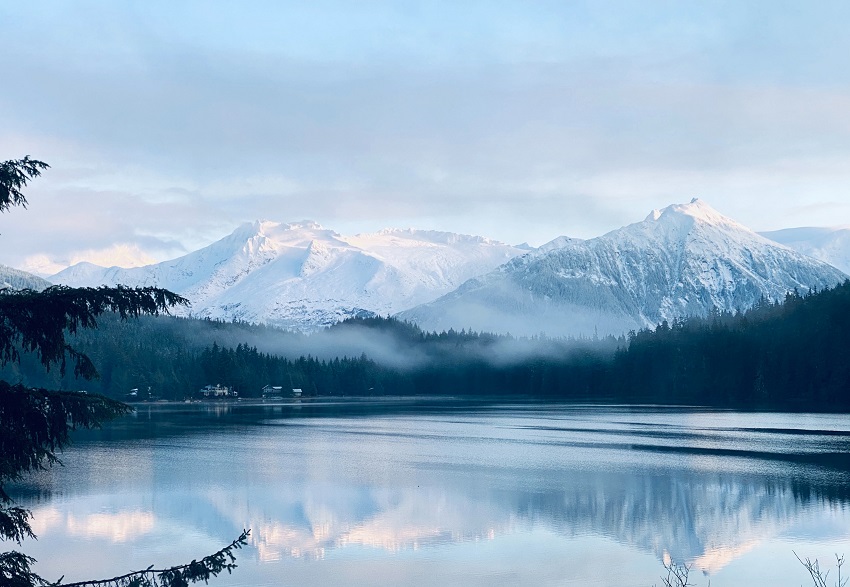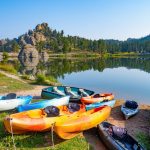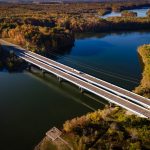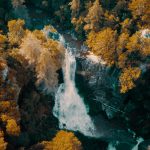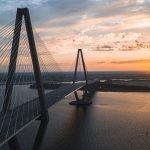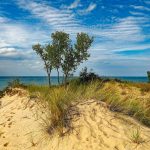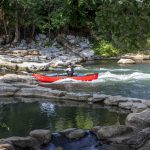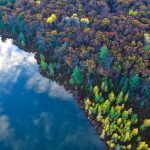Colorado is an amazing state to visit. Doubly so if you love kayaking. Here is our list of the best places to paddle your kayak in the Centennial State.

There’s something truly spectacular about kayaking in Alaska!
Sure, it’s freezing cold throughout much of the year, but that’s half the excitement, isn’t it? Being able to kayak around glaciers, through frozen channels, past towering ice cliffs, and down streams and rivers cold enough to harden even while you’re paddling it.
It’s a winter adventure that you’ll find few other places in the world if you’re brave enough to give it a try.
Below, I’ll share with you some of the most amazing places to go kayaking in Alaska, both during the warmer summer months and the colder months of the year. I’ll also share some of the kayaking tours you can find, the Alaska kayaking laws you need to know about, and even answer a few of the more commonly asked questions about kayaking in Alaska.
By the end of this page, you’ll be ready to plan your dream ice paddling trip!
15 Best Places to Go Kayaking in Alaska
1. Mendenhall Lake
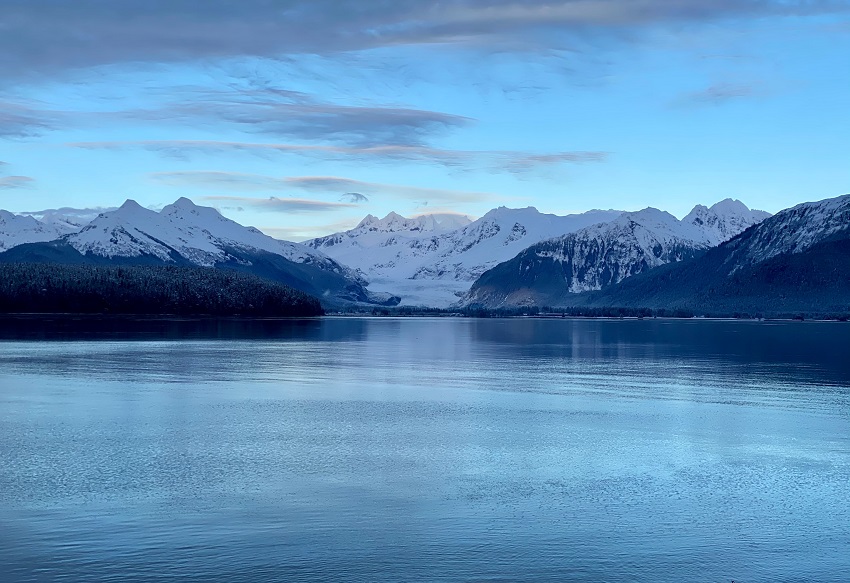
Mendenhall Lake is formed by the water melting and running off the Mendenhall Glacier, one of the 40 glaciers that you can find in the Juneau Icefields, just a short drive from Alaska’s capital city of Juneau. Its proximity to the big city makes it a popular destination for day-trippers, as well as anyone looking to hike the Tongass National Forest.
Kayaking here has only been allowed since 2016, which means the lake it still almost entirely pristine. You can actually paddle up to the base of the 13-mile-long glacier from the water, getting close enough to touch it, even stand on it. Of course, as local tour guides will tell you, it’s best to keep a safe distance, because massive chunks of ice may break off at any moment. That in itself is a rare and exhilarating experience that makes the trip out to this lake well worth it.
2. Kenai Fjords
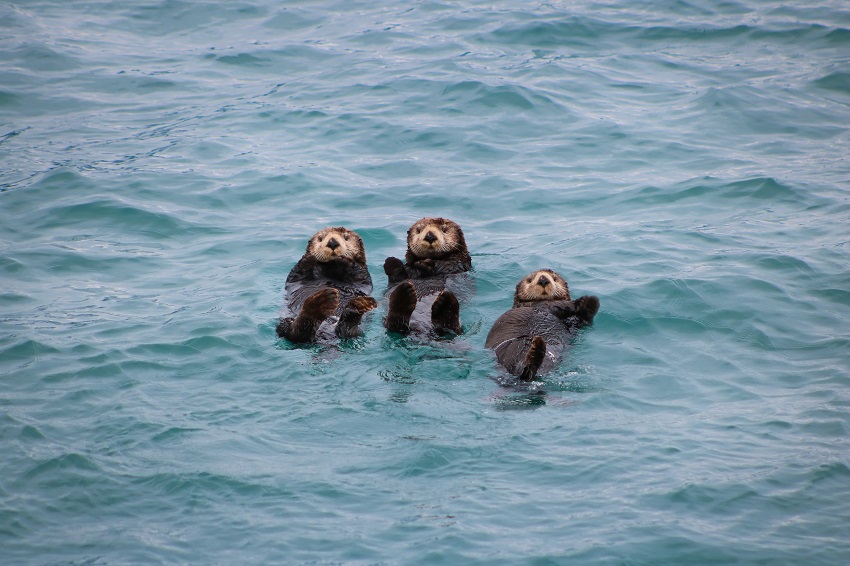
If you’ve always dreamed of seeing the fjords of Norway, you’re in luck: Alaska has its own fjords that you can visit without flying across the world. The Kenai Fjords are so enormous that they remain frozen for much of the year, so you can kayak around these towering monoliths of ice and rock. Kenai National Park, home to the fjords, offers a vast area to explore both on kayak and hiking on foot.
If you’re paying a visit to the park, make sure to paddle Ailik Bay. The bay is large enough that you can spend multiple days exploring the waters and coastlines, as well as drinking in the views of the massive fjords, the distant glaciers, and towering mountains. It’s a bit of Scandinavian heaven right in your own backyard!
3. Sitka Sound
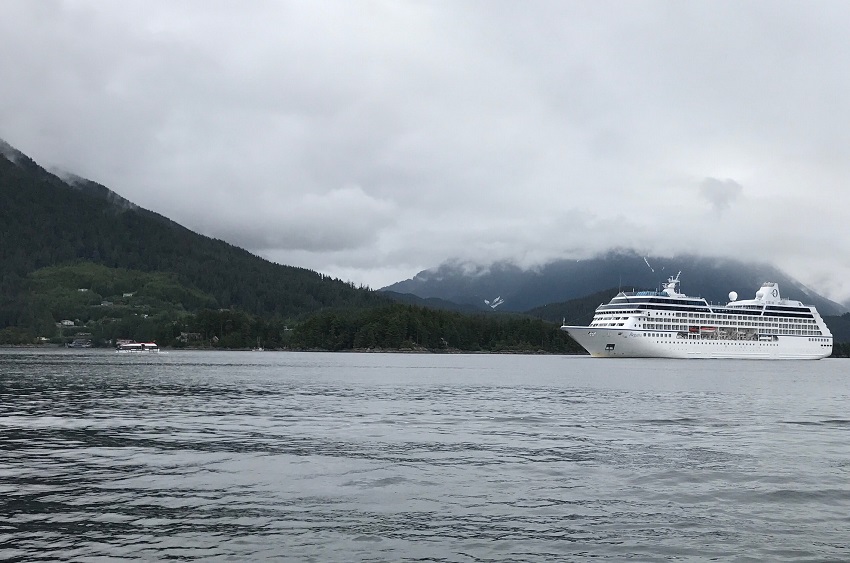
Sitka Sound sits between the enormous dormant volcano that is Mount Edgecumbe and the lovely Baranof Island with their snow-dotted mountain peaks. It’s only accessible via the water, with tours launching from Sitka itself. It’s a bit of a trek—you’ll spend a few hours just paddling to and from your destination—but well worth the time and effort invested.
In Sitka Sound, you’ll be able to see all manner of water creatures, including porpoises, sea otters, harbor seals, and whales. If you come at the right time of year, you can also see enormous schools of salmon preparing to spawn or begin their odyssey upriver. The glass-clear water will offer you unparalleled views of the enormous underwater kelp forests. You’ll find there is no end of wonder to explore while in Sitka Sound.
4. Eklutna Lake
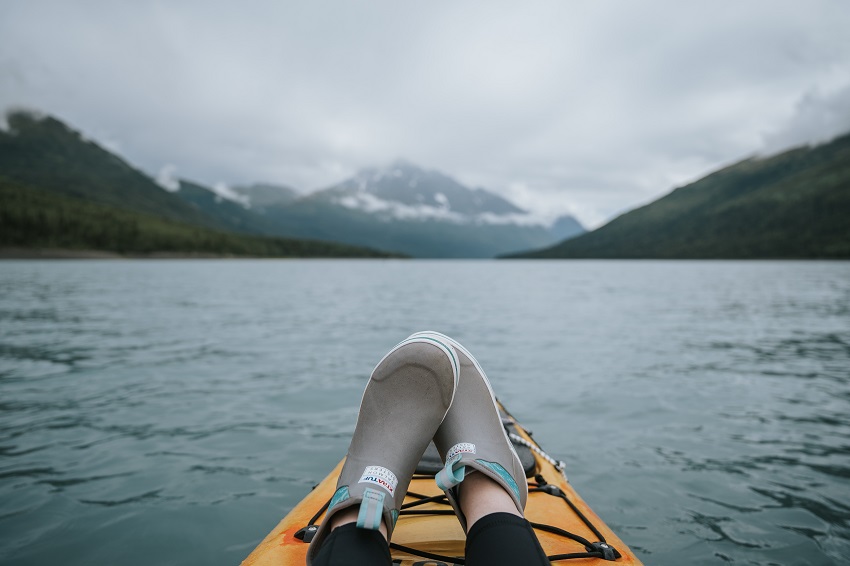
If you’re spending a few days visiting Anchorage, you have to pay a visit to Eklutna Lake. The lake is just a short drive from Alaska’s largest city, which is fitting because it is the largest lake in the state. That’s right, the lake stretches an impressive seven miles, and offers countless sights and sounds that you’ll find nowhere else in the state.
For example, it’s likely that you’ll be able to see elk or even moose lumbering around on the lake’s shores. The lake is also home to myriad Alaskan birds, the perfect place to fill out your bird-spotting notebook and take pictures of feathered creatures that make their nests in the trees lining the shore.
The lake is surrounded by mountains and forests that not only offer spectacular views but make for some truly breathtaking pictures.
5. Icy Strait Point
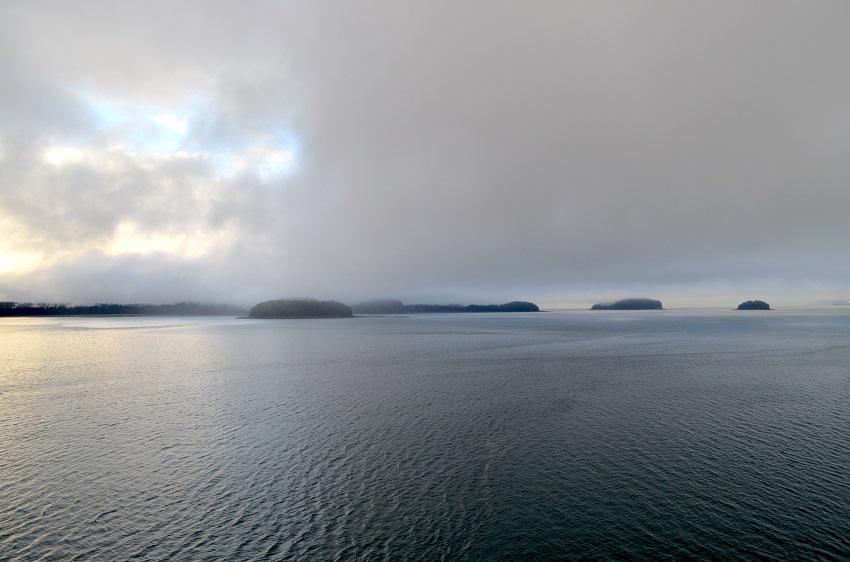
Yes, I’ve no doubt you’re already feeling cold just at the mention of a place with the word “Icy” in its name.
But cold or not, it’s absolutely worth braving the elements to pay Icy Strait Point a visit, especially during the months between May and September. That’s the best time of year to go whale-spotting, and Icy Strait Point is one of Alaska’s best places to bring your binoculars.
Thanks to the high nutrient content of the waters around Port Frederick, whales can be seen here for nearly half the year. If you’re lucky, you might even be out on the water and close enough to feel the spray of their spouts or have one swim underneath your kayak.
In the still, glass-clear waters, you’ll find plenty of hidden bays and unexplored forests along the shoreline, too, where you can dismount your kayak and enjoy a break at the end of a long day of paddling.
6. Nancy Lake
Beginners, this is the destination for you! It’s not just one of the best places for kayaking in Alaska; it’s also one of the calmest and most newbie-friendly. Here, the waters are smooth as glass throughout most of the year, with nary a ripple (unless the wind is up) or current to disturb your paddling trip.
And with 760 acres of water to cover, you’ve got a few days’ worth of adventure ahead!
The area around the lake is home to loons and other waterfowl that will fill the silence with their calls, creating a lovely harmony that will make you feel right at home out on the water.
Anglers will find that this lake is kept fully stocked all year round. It’s even a great place to come if you’ve been looking to try your hand at ice fishing!
7. Lake Bernard
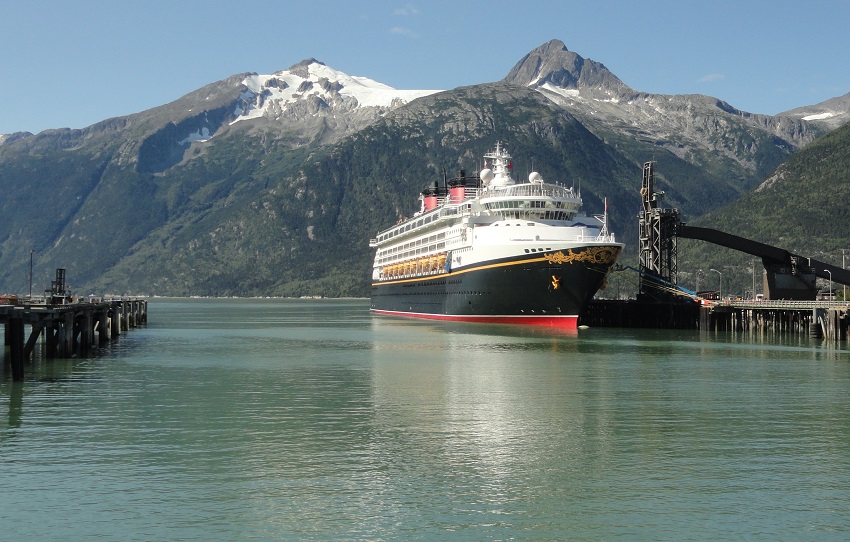
Lake Bernard is right on the border Alaska shares with Canada, accessible via both the Yukon Pass (from the Canadian side) and White Pass (from the U.S. side).
Anyone paying a visit to Skagway will love drinking in the views of this gorgeous lake, as well as taking the train ride that carries you along the twisting, turning edges of sheer cliffs and past stunning waterfalls.
Once in Skagway, the best place to be is out on the water of Lake Bernard, which is crystal-clear and calm enough for paddlers of all ages and skill levels. As you paddle, keep an eye on the shores, because you might just get lucky enough to spot eagles, mountain goats, caribou, and even bears.
The beauty of Lake Bernard is that you can launch right onto the water from Skagway itself, and end your paddling trip with a stop at your favorite town watering hole or dinner spot.
8. Yukon Island
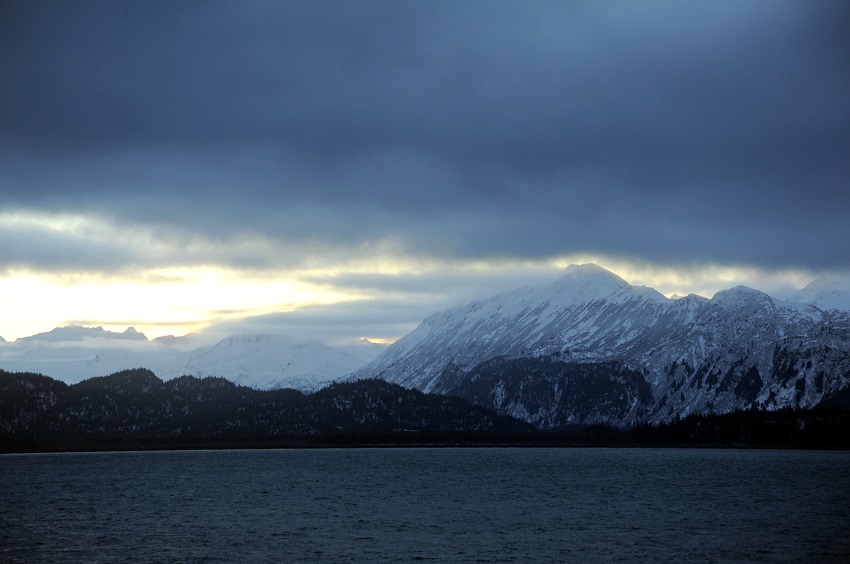
Yukon Island is definitely not a spot for the faint of heart!
The Kachemak Bay is an inlet of Cook Inlet, with freezing cold waters coming in from the Pacific, complete with swells and currents. It’s a great place for intermediate-level paddlers to practice navigating rougher seas without having to tackle the open ocean.
You’ll want to dress very warmly because the weather and water here can be unpredictable (and rough) all year around.
But if you’re tough enough to hack it, you’ll find it’s a spectacular place to paddle with the salmon, and maybe even catch yourself a fish or two for dinner. You can enjoy views of the salmon run, where millions of salmon race upstream in preparation for spawning.
And if you’re really lucky, you might end up sharing the bay shore with a bear—just make sure to keep your distance.
9. Talkeetna River
The Talkeetna River is a truly lovely place to spend a weekend exploring not only the waters but also the sights and sounds of Denali National Park.
In the background, you’ll have views of Denali Mountain itself looming over everything, offering you some truly spectacular photo opportunities.
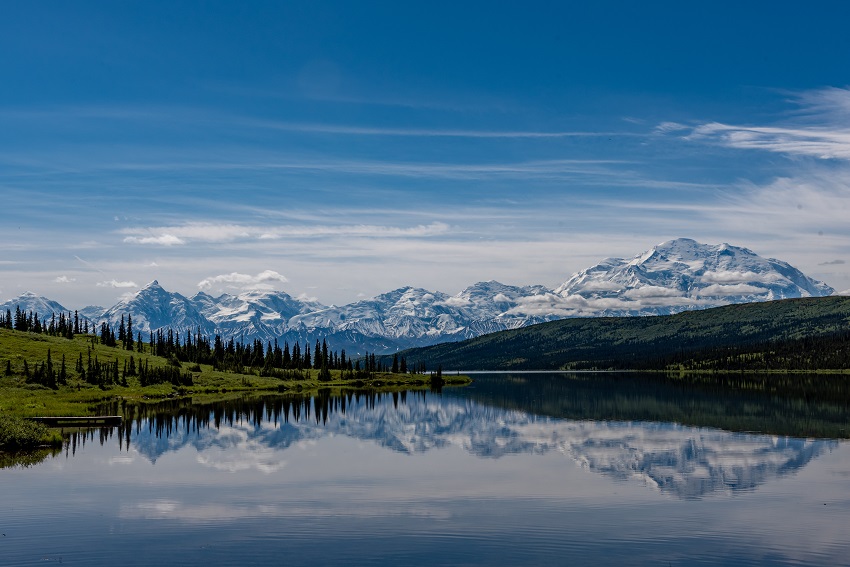
But make sure to keep your camera close at hand even when you’re not snapping the mountain; there are plenty of moose, bears, lynxes, and beavers that make this river their home, too.
Beginners, you’ll be glad to know these waters are designated Class I, meaning calm and gentle enough for anyone to paddle.
Families will love making a day trip or camping here overnight, because the river has plenty to explore—from lovely moraines to sparkling beaches rich in minerals to rugged fields of enormous boulders.
10. Halibut Cove
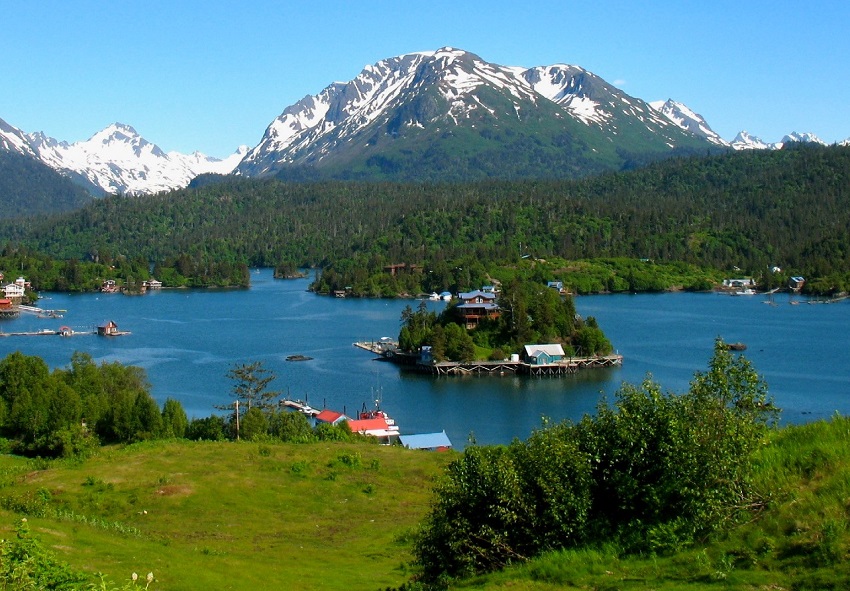
Halibut Cove is the name of both the fishing town and the cove where it is nestled. Both are popular destinations for kayakers from around the world.
Paddlers will take advantage of the proximity to Gull Island for a quick day trip to go bird-watching at the Witless Bay Ecological Reserve, where more than 200,000 birds call the island home.
But what makes the little town so popular for kayakers is the fact that Halibut Cove is home to one of the few floating post offices in the world. That’s right, during the warmer months, the ice surrounding the post office melts, leaving it floating on the water, accessible mainly by boat. That’s a fascinating and unique experience you’ll definitely want to have!
11. Tatoosh Islands
The Tatoosh Islands are located a short drive from Ketchikan, the town that calls itself the “Salmon Capital of the World”.
If you’re in town on business or coming to see the salmon fishing, you can always make time for a short ride out to the nearby Tatoosh Islands, which are largely unexplored and uninhabited by humans. Here, you’ll have a chance to launch your kayak on a tour around the islands on a truly remarkable adventure.
The islands are home to gorgeous forests rich with not only towering trees, some downright ancient, but also deer, mink, and bald eagles.
Keep a sharp eye on the water, though, because as you’re enjoying the views of the sea stars on the sea floor or the jellyfish gliding beneath the surface, you might just get lucky enough to spot a pod of seals, a shoal of porpoises, or even a whale or two.
12. Gastineau Channel

When visiting Juneau, you’ve got to take the time to paddle across the Gastineau Channel that separates the island portion of the city from the mainland.
Here, you’ll be able to enjoy the views of both the city itself and the natural terrain that serves as its backdrop, including the rugged mountains and towering peaks of Canada’s British Columbia.
If you really want to turn it into a multi-day adventure, paddle up the channel until you reach Mendenhall Lake, home to the gorgeous Mendenhall Glacier.
Just be aware that the waterways and the nearby Mendenhall Wetlands and Game Refuge are only open for a few months each year, depending on the ice thaw, so plan ahead if you want to make this trip longer than just exploring the channel.
13. Summit Lake
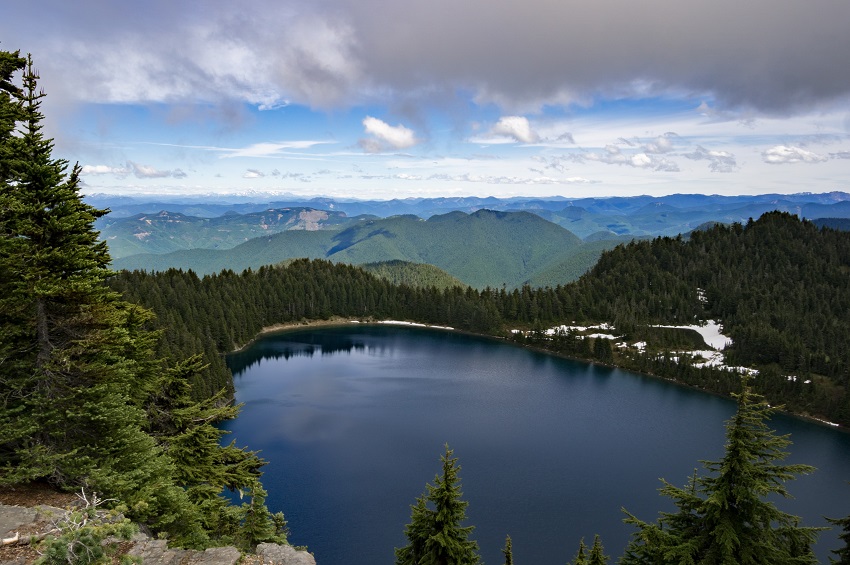
While in Skagway, take a trip on a specially built canoe to Summit Lake. The canoes are 31 feet long (much longer than your typical kayak) and are modeled after the canoes once used by gold prospectors and fur trappers and traders. Best of all, they’re motor-powered, so you’ve got extra muscle to help you cut through the wind.
But once you get to the narrow channels and inlets around the lake, you’ll find it’s utterly calm and incredibly peaceful. All sound around you fades, until only animal calls and bird cries can be heard over the soothing noise of the flowing water.
It’s a wonderful place to disconnect from the hustle and bustle of your daily life and find peace in nature.
14. Tebay River
Whitewater kayakers, don’t think we’ve forgotten about you! The Tebay River is one of Alaska’s best destinations for adventure paddlers looking for a challenge.
The 2.5-mile run is not for the faint of heart, and it begins with a bush plane trip that brings you in from nearby McCarthy to begin your heart-racing, pulse-pounding trip downriver.
The waters of the river are crystal clear and give you a spectacular view of the challenges ahead as you roar downstream. You’ll come out the other side soaking wet but ready to do it all over again.
15. Aialik Glacier
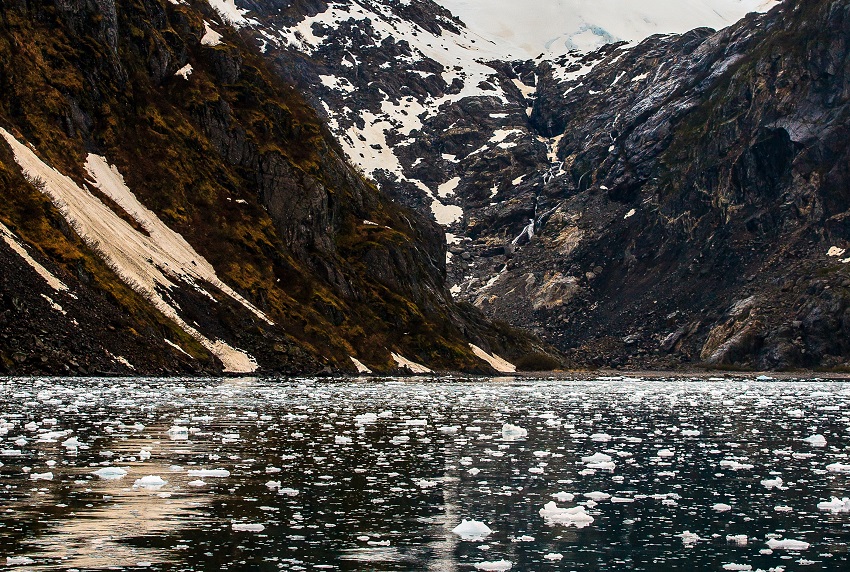
Here’s where you’ll finally have a chance to get up close and personal with a glacier!
The trek to the Aialik Glacier is an all-day adventure, starting in Seward with a boat ride through the national park, and only once you’ve reached the launch point will you get into your kayak (or canoe, if you prefer) to paddle out toward the glacier.
On the way, you’ll paddle past chunks of frozen ice and even large ice floes, many of which have only just broken off from the glacier itself.
Your tour guide will get you as close to the glacier as is deemed “safe”, and then you get to sit and enjoy paddling around while waiting for the ominous cracking sound that heralds the cascade of ice breaking free of the glacier.
If you get to see it happen, it’s a truly breathtaking and awe-inspiring experience, well worth the cold and long trek.
Kayaking Tours in Alaska
Alaska is a truly amazing place for kayaking, with so many different waters to explore—from fjords to lakes, rivers to inlets, streams to whitewater rapids. When visiting Alaska, you’ll find there are plenty of paddling adventures to make your time spent here a dream come true.
RELATED: Kayaking Near Me: an Interactive Map of Places to Go Paddling
But you do need to be aware that Alaska can be dangerous. After all, you’re facing some harsh terrains (including glaciers!), currents from the Pacific Ocean, ice melt that can raise water levels unpredictably, freezing cold waters, and dangerously low air temperatures.
Unless you’re an Alaskan who has spent your entire life in these conditions, it’s better not to paddle alone. Instead, sign up with a local tour guide or outfitter that can equip you with all the proper gear (including warm clothing and wet/dry suits) and supplies for your kayaking trips.
Not only will these tours be the safer choice, they may also be the best way to make the most of your trip. Locals will know the best places to spot bears, eagles, moose, elk, or porpoises, or where to cast your line when going salmon fishing. They can also help you steer clear of more dangerous wildlife while leading you to the most breathtaking views around.
Be smart with your Alaskan kayaking trip, and consider joining a kayaking tour.
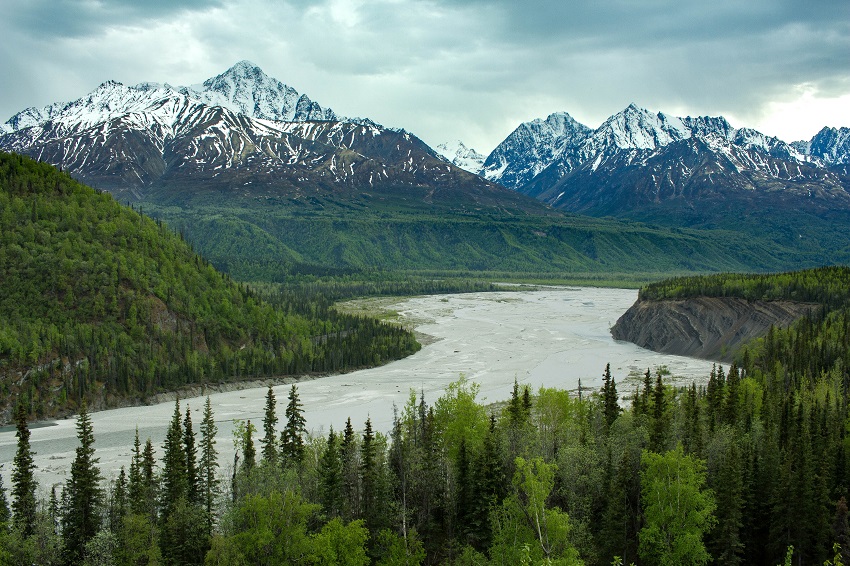
Here are a few of the best-rated and most popular options we’ve found:
- Discovery Voyages (kayaking tours of Prince William Sound)
- Liquid Adventures (tours of the Kenai Fjords, Aialik Glacier, and Bear Glacier)
- Kayak Adventures Worldwide (tours of Resurrection Bay, Bear Glacier, Aialik Glacier, and Fox Island)
- Alaska Travel Adventures (tours of Mendenhall Lake, including Mendenhall Glacier)
- ABAK Wilderness Trips (tours of Bear Creek and the “Fortress of the Bears”)
- Three Moose Kayak Adventures (tours of Glacier Lake, Halibut Cove, and Kachemak Bay State Park)
- Anadyr Adventures (tours of Valdez Glacier Lake, the Columbia Iceberg, and Glacier Island)
- Alaska Kayak Company (tours of Tongass National Forest)
More resources you can use to help find kayaking tours in Alaska include:
- Trip Advisor – Use this website to help you find activities to keep you entertained during your trip to Alaska. You’ll find a list of tour companies and outfitters offering tours all over Alaska, along with reviews from real-life users.
- Yelp – If you already know which city you’ll be visiting, you can use Yelp to narrow down the list of kayaking tours to that specific city.
- Google Maps – Google Maps lets you search either in a specific city/area or the entire state, giving you lots of options to choose from when planning your kayaking adventure to Alaska.
Alaska Kayaking Laws
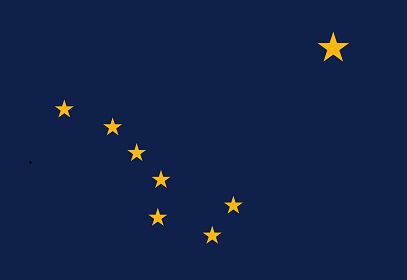
Kayaks are non-motor powered vessels
Because they do not have a motor, they do not need to be registered in Alaska. However, any kayak or canoe with a trolling motor mounted will need to be registered.
There is no minimum age for operating a kayak
With no age restrictions on operating a kayak, even young kids are able to legally paddle on any lake, river, or bay in Alaska.
Kayakers must have one lifejacket on board per person
Paddlers younger than 13 must wear the lifejacket at all times, but adults simply need to have a lifejacket within reach and easily accessible.
Kayakers must display lights at “low visibility times”
Between sunset and sunrise, as well as any periods of dense fog, a white lantern must be displayed. Green and red side running lights are optional but often encouraged.
Kayakers are required to carry a sound-producing device
Any vessel shorter than 39.4 feet in length must carry at least one device, such as an air horn or whistle.
Kayaks need to carry visual distress signals (VDS)
However, it’s only necessary when paddling coastal waters around Alaska. Inland, on lakes and rivers, VDS is not mandatory.
Kayakers absolutely can get a BUI
In Alaska, if you operate a vessel while under the influence of alcohol—either visibly impaired or with a Blood Alcohol Level of over 0.08%–you can be given a BUI for “Boating Under the Influence”.
Penalties for a BUI are:
- $1,500 to $10,000 in fines, a 90-day suspension of your license, and 72 hours to 1 year in jail for your first offense.
- $3,000 to $10,000 in fines, a 1-year suspension of your license, and 20 days to 1 year in jail for your second offense.
- $4,000 to $10,000 in fines, a 3-year suspension of your license, and 60 days to 1 year in jail for your third offense.
The judge will also likely order BUI offenders to undergo some form of alcohol safety action program.
Kayaking in Alaska FAQs
There are actually a number of places where you can go whale-watching in Alaska, and if you’re very lucky, even get close enough to paddle alongside them. Some of the more popular destinations include Icy Strait and Sitka Sound.
Orcas Cove near Ketchikan is a popular place to paddle with orcas. Just be aware that you’ll have to take a boat ride to get out far enough before switching to sea kayaks.
Kayaking in Alaska does carry a few more dangers than paddling in the Continental US, due to lower temperatures, a greater wildlife presence, and harsher waters. However, with proper precautions, the right equipment, and the advice and guidance of an experienced local or tour guide, you’ll find it’s as “safe” as any adventure sport could be.
According to the National Center for Cold Water Safety, any water colder than 60F can kill you in under a minute, due not only to hypothermia and cold exposure, but cold shock and swimming failure. That’s where a PFD and wetsuit can save your life when paddling in Alaskan waters, especially during the colder months or near the icy glaciers.
